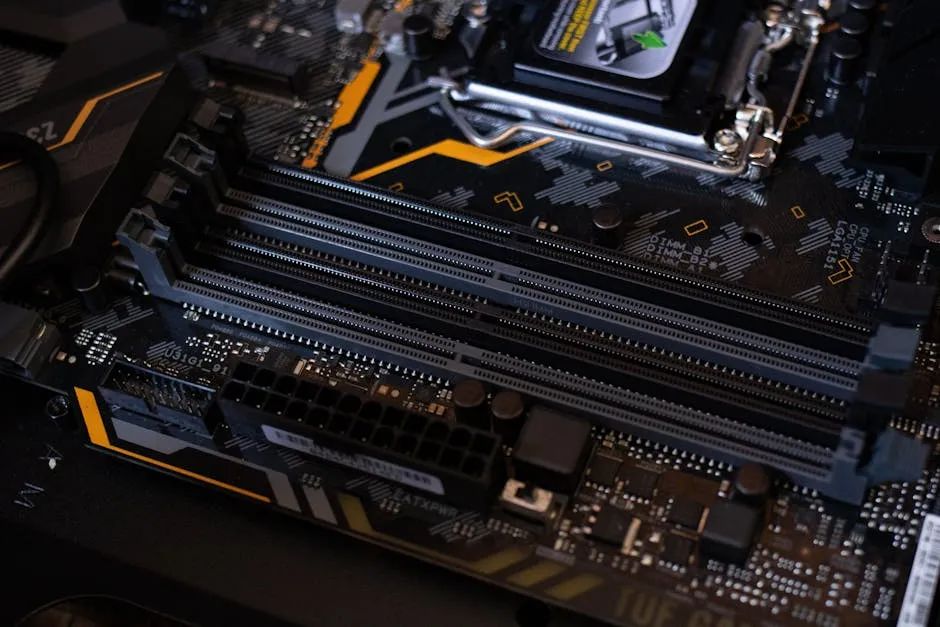Hello engineers and security experts! Today, let’s discuss the “ever-relevant” topic of industrial control system security, especially regarding PLCs, the “brain” of industrial control systems. If hackers target them, it could lead to significant trouble!

Imagine a PLC as the “conductor” of a factory, controlling every aspect of the production line. If hackers gain control of the PLC, it is equivalent to controlling the entire factory, allowing them to disrupt production at will and potentially cause even greater safety incidents.
So, how can we protect PLCs from hacker intrusions? Don’t worry, today I will share five layers of protection strategies against PLC network attacks to build an unbreakable security defense!
1. The Security Landscape of Industrial Control Systems: The Story of the “Wolf” is No Longer a Legend
In the past, industrial control system security seemed like a “paradise” isolated from the world, making it difficult for hackers to invade. However, with the development of the Industrial Internet, industrial control systems are increasingly connected to the internet, exposing them to the risks of cyber attacks.
The story of the “wolf” is no longer a legend; incidents of network attacks targeting industrial control systems are emerging one after another, causing increasingly significant losses.
2. Main Threats Facing PLCs:
- • Malware Infection: Viruses, Trojans, and other malware can infect PLCs, leading to abnormal or paralyzed PLC functions.
- • Remote Control: Hackers can remotely control PLCs via the internet, tampering with control programs and disrupting production.
- • Denial of Service Attacks: Hackers can launch denial of service attacks, causing PLCs to malfunction.
- • Information Leakage: Hackers can steal sensitive information from PLCs, such as control programs and configuration parameters.
- • Exploitation of Vulnerabilities: Hackers can exploit vulnerabilities in PLCs to gain system permissions and perform malicious operations.
3. Five Layers of Protection Strategies Against PLC Network Attacks:
To better protect PLCs, we need to establish a multi-layered security defense system, much like an “onion,” protecting core assets layer by layer.
- • First Layer: Physical Security This is like installing “doors and walls” for the factory to prevent unauthorized personnel from entering.
- • Access Control: Restrict physical access to PLCs, allowing only authorized personnel to enter the control room.
- • Environmental Control: Maintain appropriate temperature and humidity in the control room to prevent equipment damage.
- • Surveillance System: Install surveillance cameras to monitor the security status of the control room in real-time.
- • Second Layer: Network Security This is like installing a “firewall” for the factory’s network to prevent external attacks.
- • Network Isolation: Isolate the industrial control network from the office network to prevent viruses from spreading from the office network to the industrial control network.
- • Firewalls: Deploy firewalls at the boundaries of the industrial control network to filter malicious traffic.
- • Intrusion Detection Systems (IDS): Monitor network traffic to detect abnormal behavior and issue timely alerts.
- • Third Layer: Endpoint Security This is like installing “antivirus software” on every computer to prevent malware infections.
- • Antivirus Software: Install antivirus software on PLC programming computers and perform regular virus scans.
- • Whitelist Mechanism: Only allow authorized programs to run, preventing unknown programs from executing.
- • Security Patches: Timely install security patches released by PLC manufacturers to fix vulnerabilities.
- • Fourth Layer: Application Security This is like adding a “password lock” to the PLC control programs to prevent unauthorized modifications.
- • User Permission Management: Manage permissions for PLC users, assigning different permissions to different users.
- • Program Integrity Verification: Perform integrity checks on PLC control programs to prevent tampering.
- • Secure Programming Standards: Follow secure programming standards to avoid writing programs with vulnerabilities.
- • Fifth Layer: Security Management This is like establishing a comprehensive security system to ensure that security measures can be effectively implemented.
- • Security Policies: Develop comprehensive security policies that clarify security objectives, responsibilities, and processes.
- • Security Training: Provide security training for employees to raise security awareness.
- • Emergency Response: Establish an emergency response mechanism to promptly address security incidents.
- • Regular Assessments: Regularly assess the effectiveness of security measures and make timely improvements.
4. Case Study:
A chemical plant suffered a hacker intrusion due to a lack of effective security measures, leading to production line shutdowns and significant economic losses.
By strengthening the above five layers of protection, the plant successfully repelled multiple cyber attacks, ensuring production safety.
5. Some Recommendations:
- • Prioritize Security: Elevate industrial control system security to a strategic level and increase investment.
- • Continuous Improvement: Security is a continuous improvement process; constantly learn new security technologies and knowledge.
- • Collaboration and Sharing: Collaborate with other enterprises and security vendors to jointly address industrial control system security threats.
That’s all for today’s sharing. I hope these protection strategies can help everyone build an unbreakable PLC security defense! Remember, security is no small matter; it’s better to prevent than to cure!